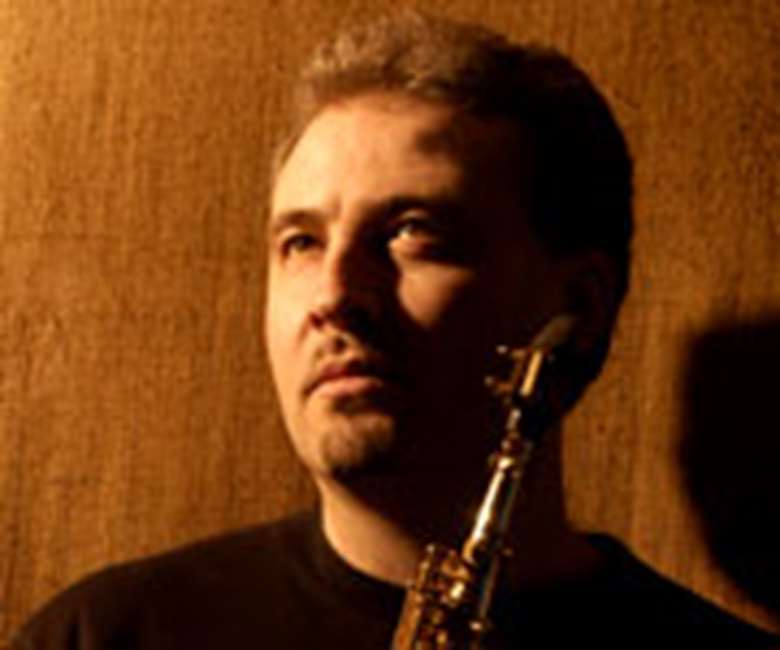Tim Garland - Saxophones
Thursday, October 30, 2008
“I was writing music before I was playing it,” Tim Garland says. “I used to get so incredibly impatient writing everything down. Then when I was about 16, I found there were people who actually specialised in making it up. That’s when I fell totally in love with jazz.” Garland started playing the piano aged six. “I went through all the grades,” he says, his tone reflecting his clear lack of interest. “Then when I was 14 I started playing the clarinet.” He ploughed through all those grades as well, “then I got a D in A level music,” he says, laughing, “but I still got offered places at the Royal Academy and the Guildhall. In the end I chose the Guildhall, because it seemed at that time to be more interested in jazz and I was veering towards that freedom and spontaneity.” He stayed there for four years, majoring in composition.


Register now to continue reading

Thank you for visiting Jazzwise.co.uk. Sign up for a free account today to enjoy the following benefits:
- Free access to 3 subscriber-only articles per month
- Unlimited access to our news, live reviews and artist pages
- Free email newsletter